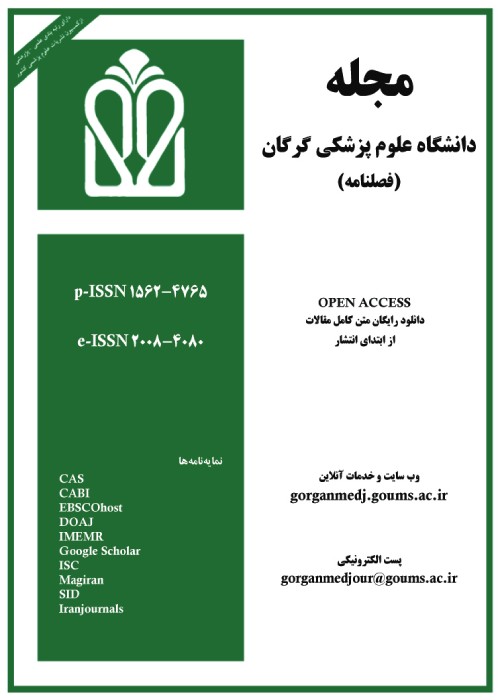Personal, Clinical, and Laboratory Characteristics of Women with Breast Lesions in Patients Referred to Dr. Beski Hospital in Gonbad-e Kavus, Iran
Breast cancer is the most common cancer among women and ranks second in terms of mortality rate. This study was conducted in order to determine the personal, clinical, and laboratory characteristics of women with breast lesions referred to the Dr. Beski Hospital in Gonbad-e Kavus, Iran.
This descriptive-analytical study was conducted on 130 women with breast lesions (benign and malignant) who were operated on in the Dr. Beski Hospital from March 2019 to March 2020. Demographic data (age, family history, and ethnicity) and pathology results (grade, lesion type, surgery type, location, and tumor size) were recorded.
Breast lesions were malignant in 51.53% of the patients. The most common malignant tumor was invasive ductal carcinoma (71.64%), and the most common benign tumor was fibroadenoma (69.84%). Most malignant cases were observed in patients aged 41-50 years (43.28%). Almost half of the studied population (49.15%) had no positive family history, and about a quarter of the patients had at least one first or second-degree relative with breast cancer. Most patients (44.78%) had grade II malignant tumors. In addition, 78.51% of the subjects had not undergone chemotherapy before breast surgery. About half of the patients (49.57%) did not undergo any adjuvant treatment after surgery; however, chemotherapy was the most common type of adjuvant treatment (13.68%) after surgery. Simultaneous chemotherapy and radiotherapy were performed for 24.78% of the patients after surgery. There were statistically significant relationships between age and type of lesion and adjuvant treatments after the operation, and involvement of lymph nodes was observed (P<0.05). There was a statistically significant relationship between age, tumor size, family history, and tumor malignancy (P<0.05). There was a significant correlation between age and tumor malignancy (P=0.02, F (2.48) = 4.19) so the degree of malignancy was higher in younger individuals.
The results of this study showed the young age of developing malignant breast lesions in the study area. Most malignant lesions are invasive ductal carcinoma and grade II. There is a positive relationship between a family history of cancer and the classification of breast tumors.
Carcinoma , Breast , Pathology , Fibroadenoma
- حق عضویت دریافتی صرف حمایت از نشریات عضو و نگهداری، تکمیل و توسعه مگیران میشود.
- پرداخت حق اشتراک و دانلود مقالات اجازه بازنشر آن در سایر رسانههای چاپی و دیجیتال را به کاربر نمیدهد.



